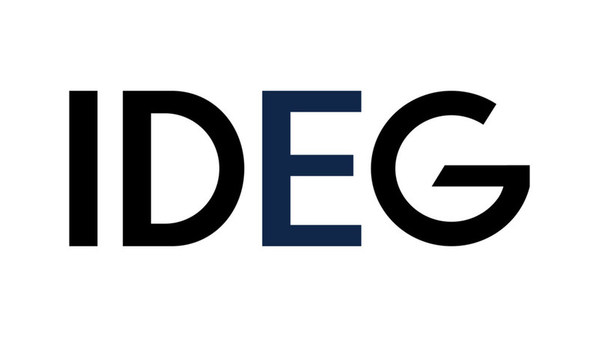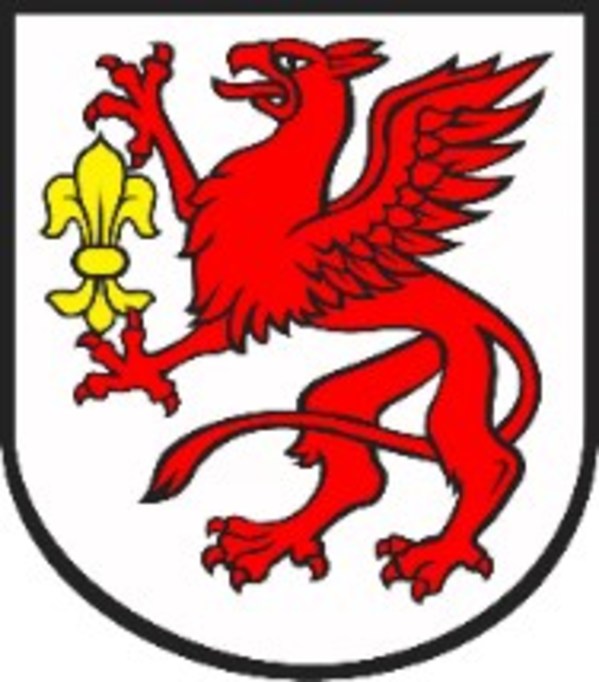 |
GEORGE TOWN, Cayman Islands, Jan. 19, 2022 /PRNewswire/ — IDEG Investment SPC (IDEG), a professional digital asset platform, has a bright outlook on the digital asset ecosystem in 2022. Following the explosive growth in projects, new products, and further regulatory clarity the markets can expect continued buoyancy despite the early bearish sentiments to start the year.
In its note to investors, IDEG reflected on this boon to the market owing to several “firsts” in 2021 that prime 2022 for further growth:
For the first time, we saw the explosive growth of digital assets. The digital asset market is no longer just a niche game amongst Bitcoin, Ethereum and their competitors. In 2021, the number of Google web searches for NFTs surpassed that of Bitcoin, indicating that people’s attention is being diversified and more and more investors without technical or financial background are actively entering this market. With the rise of NFTs, GameFi and the Metaverse, it is foreseeable that a growing number of diverse digital asset categories will divide the market share of Bitcoin and Ethereum in the future. As a globalized and highly liquid asset class, digital assets will be favored by asset allocators to a greater extent. The exciting part is that what happened in 2021 is only the beginning. Just like the Big Bang’s impact on the origin of a new multi-faceted reality touching across not only the network of “money” or “smart contracts”, but increasingly all aspects of life, whether you call it a new metaverse or a universe.
In another first, traditional institutions began to strategically allocate digital assets to their portfolios and have begun to offer it to their clients. A wealth of data suggests that traditional institutions have changed their attitude towards digital assets starting in 2021, including family offices, public companies, and longer-term capital such as university endowments, pension funds and sovereign funds. Traditional institutions are increasingly becoming less satisfied with just establishing a symbolic position, instead tactically placing more emphasis on the allocation of digital assets in their portfolios. We can see many aggressive hedge fund managers have increased their digital assets allocations from 5% to 25% or even higher, and with such anecdotes coupled with a recent Chainalysis survey of managers that suggests some of the largest funds have expressed a likeliness to increase their exposure to digital assets over the next year the growth trend looks encouraging. The difference between 2021 and prior years is that traditional institutions are no longer just observing and researching, instead they are actively recruiting digital asset portfolio managers, conducting organizational restructuring and asset allocation redesigns, which shows that they are starting to realize the importance of a strategic evolution towards digital assets.
It also seemed to be a first for regulators and the market participants turn from confrontation to cooperation. With the listing of Coinbase and the launch of various digital asset ETFs and ETPs, regulators have taken a more pragmatic and open attitude towards digital asset regulation. Although they will continue to issue enforcement actions against those seen to be breaching securities and licensed activity rules, we believe that the regulators’ genuine attitude has shifted from resistance to collaboration. More and more governments and regulators will see the benefits of taking the lead in liaising with the digital asset market, leading to more sensible dialogues and rule-makings.
And we began to see the first time that Bitcoin’s price fluctuation cycle has entered a new pattern. The price moves of Bitcoin in 2021 were beyond the expectations of many investors. As one of the best performing asset classes in the world, Bitcoin closed 2021 with an annual increase of 63%. But compared to 1700% in 2017, Bitcoin did not seem to follow the trend of a wild rise in the year after the halving. Even though Bitcoin experienced a sharp drop in May, it miraculously returned to all-time-high in November, completing a legendary comeback touchdown. These all show that the cyclical fluctuations of Bitcoin caused by the halving effect are changing, and the original law of bull-bear switching every four years may no longer apply.
Entering the new era, 2022 will be the year of diversification, professionalism, RegTech and stability.
In 2022, the categories of digital assets will be more diverse and the market cap of the entire asset class will continue to expand. It is difficult to assess the impact of the tightening monetary policy of the Fed and other central banks on the digital asset market. But we believe that the pressure will be more reflected in just the valuation, especially for those digital assets that have grown too fast in the past period. However, the digital asset market itself will still expand its territory, unabated, due to the continuous upgrading of its underlying infrastructure, higher-performance public chains, stronger interoperability from cross-chain projects, more convenient smart contract protocols, and lastly an ever-growing community. As such, we believe that two trends will occur at the same time: the expansion of the overall market cap and the formation of a more diversified market structure.
In 2022, traditional institutions’ digital asset allocation strategies will begin to differentiate and some of them will establish their unique selling proposition with this space. With the accumulation of experience, many traditional institutions are not satisfied with just a symbolic digital asset investment. Among those that have made their first allocation, there will be a group of institutions that will begin to specialize and become “digital asset first” with dedicated desks and competency centres, as they hope to establish their influence and distinct edge in this emerging market. Although this attempt will be challenging for most traditional institutions, especially as it sparks a new talent war, it is believed that those bold enough will be the most successful as they capture new clients.
We may also see expanded product shelves across advisory driven businesses like Wealth Management and Private Banking as we embark on the great wealth transition between generations the need to have a digital product strategy (that is not simply a banking app) will be important.
In 2022, regulators’ openness will be based on a substantial increase in RegTech. We must realize that often the hesitation and conservatism of regulators is since they have not obtained sufficient technical support. Looking back at the historical regulatory practices of various emerging technologies, such as internet and biotechnology, it can be found that their openness always seems to be based on the improvement of regulatory technology. The exact same reason can be used to explain why regions like the US, Hong Kong and Singapore naturally and comfortably take the lead on regulations.
In 2022, Bitcoin will establish its stability through investments from various types of capital. Has the distribution of Bitcoin holders now arrived an ultimate state? We think the answer is negative. Looking forward, there will be more diversified capital allocators that invest and hold Bitcoin, including sovereign funds and even central banks who will directly hold Bitcoin as a reserve asset. The diversification of HODLers and especially more longer-term HODLers will significantly improve Bitcoin’s price stability, making it more resilient to flash crashes.
More About IDEG
IDEG is a digital asset management company established in 2019. It launched Asia’s first Bitcoin Trust in Hong Kong in 2019, and world’s first Bitcoin Mining Trust in the same year. In the alternative asset management space, IDEG is a one-of-a-kind digital asset manager with commitment to provide institutions with the next generation of digital asset management services. Compared to its peers, IDEG is not satisfied with just providing access to digital assets, instead it is dedicated to generating alpha for its investors using native on-chain strategies through an innovative product offering.
The multi-strategy thematic product shelf pioneered by IDEG is called TIMES, which contains 5 product categories, including actively managed trust products, interest rate products, mining products, yield farming products and structured products. As part of the 2022 plan, IDEG is expected to launch more than 100 products, which will significantly enrich the diversity and complexity of the products and strategies currently on the market. We expect TIMES series of products will fully meet the needs of professional institutional investors with various risk appetite.
IDEG aims to be a global asset manager with a singular focus on digital assets. IDEG continues to attract a diversified team of talent from top hedge funds, leading investment banks, as well as engineers and analysts from the crypto native world. All these talents have joined IDEG with a common goal of establishing a leading asset manager just for digital assets. With a platform established in Hong Kong, IDEG will work with regional regulators and continue its global expansion to Cayman Islands, Singapore, and Dubai. Through its regional offices, IDEG provides top-notch professional asset management services to institutional investors and family offices, while attracting the best talent no matter which city they prefer to be.
Media inquiries: ian.stirling@ideg.com











